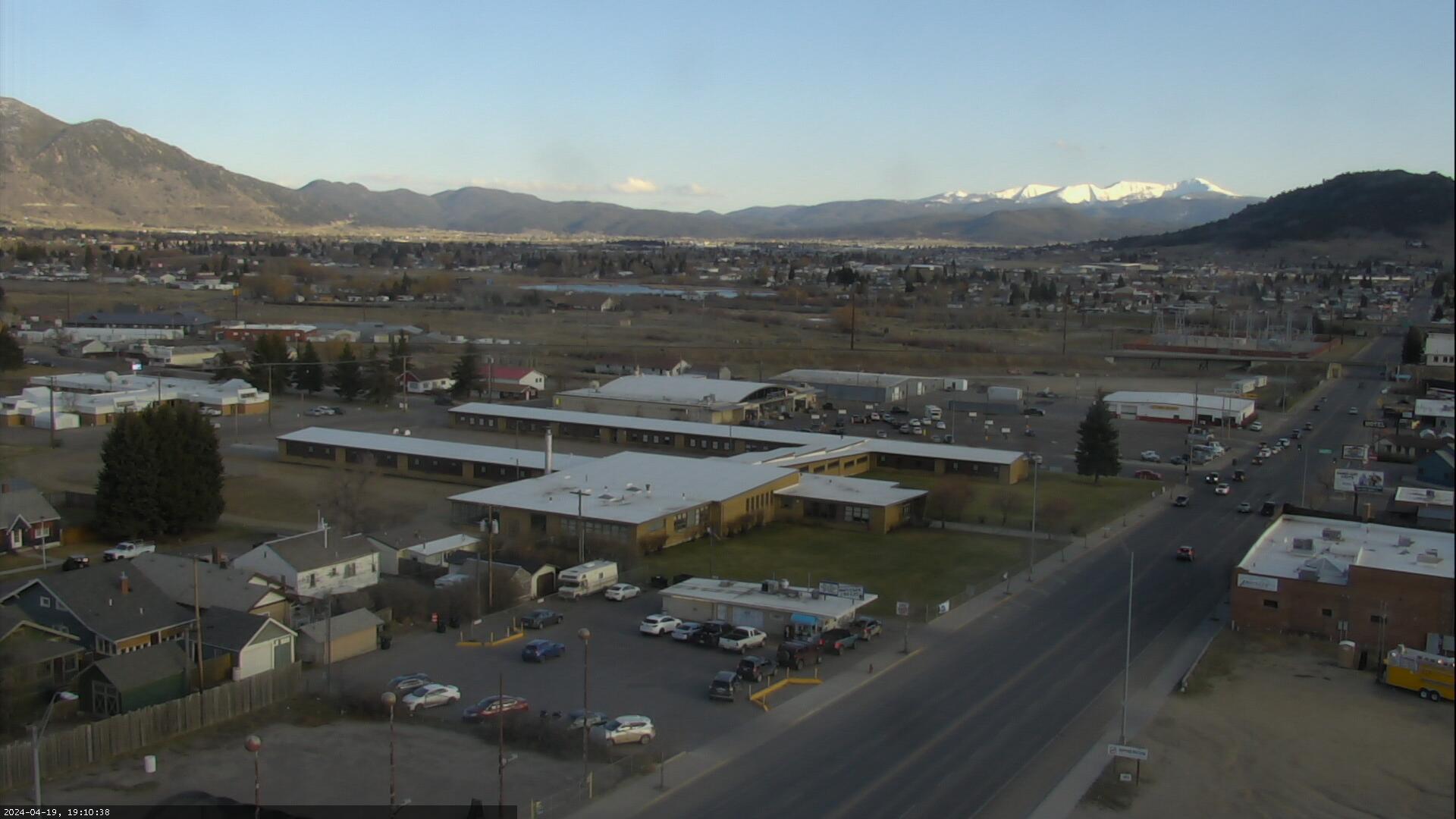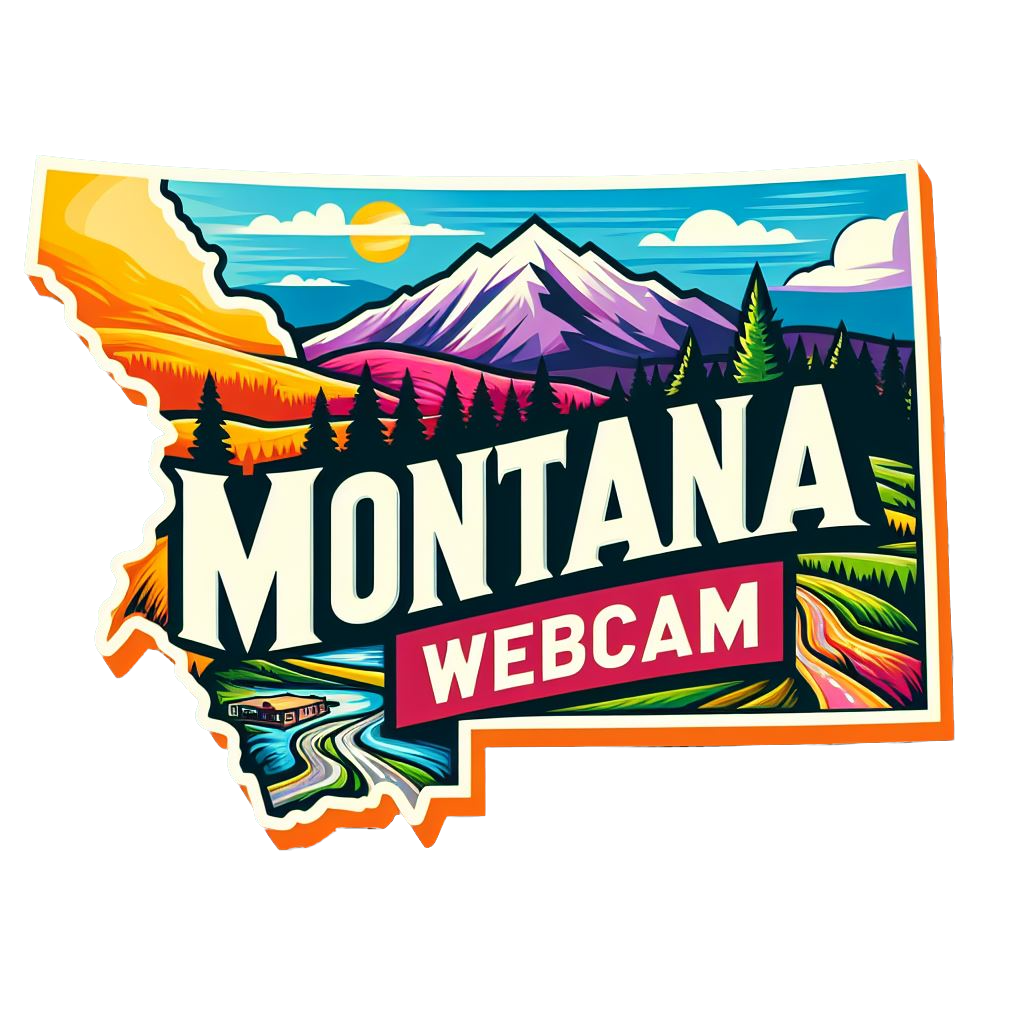Butte, MT Weather Cams
Homestake Pass I-90 Cam

KXLF Clock Tower Cam

NBC Montana Cam
Bert Mooney Airport FAA Webcam
Butte, Montana: From Copper Kings to Community Resilience
Introduction: A Jewel in the Rockies
Butte, MT Weather Cams. Nestled in the heart of the Rocky Mountains, Butte, Montana, has a storied history that embodies the rugged spirit of the American West. Known as the “Richest Hill on Earth,” Butte’s rise and fall have been inextricably linked to its abundant mineral resources, particularly copper. From its early days as a mining camp to its evolution into a city marked by resilience and renewal, Butte’s history is a tale of industrial might, cultural diversity, and community strength.
Early Beginnings: Gold, Silver, and the Birth of Butte
The history of Butte begins in the early 1860s with the discovery of gold in nearby streams, which sparked a rush of prospectors to the region. By 1864, placer mining had given way to quartz mining as gold deposits were found in hard rock formations. The burgeoning mining camp was named Butte, reflecting the prominent hill that dominated the landscape.
In the late 1870s, the discovery of silver further fueled Butte’s growth. The town quickly attracted miners, entrepreneurs, and settlers, transforming from a rough mining camp into a burgeoning community. The establishment of Butte’s first newspaper, the Butte Miner, in 1876, signaled the town’s growing permanence and significance.
The Copper Boom: The Richest Hill on Earth
The real turning point in Butte’s history came with the discovery of vast copper deposits in the 1880s. As electricity became more widespread, the demand for copper skyrocketed, and Butte was perfectly positioned to supply it. The development of large-scale copper mining operations marked the beginning of an era dominated by industrial giants and intense labor activity.
Key figures in this transformation were the so-called “Copper Kings,” including Marcus Daly, William A. Clark, and F. Augustus Heinze. Marcus Daly, an Irish immigrant and mining engineer, founded the Anaconda Copper Mining Company in 1881. Under Daly’s leadership, Anaconda became one of the world’s largest copper producers, and Butte grew exponentially, attracting workers from across the globe.
By the turn of the 20th century, Butte was a bustling city with a diverse population of over 60,000 people, including significant numbers of Irish, Italian, Finnish, Chinese, and Eastern European immigrants. This cultural melting pot contributed to the city’s vibrant social and cultural life.
Labor Struggles and Social Upheaval
The rapid industrial growth of Butte was accompanied by harsh working conditions and significant labor unrest. Miners faced dangerous underground work, long hours, and low pay. These conditions led to the formation of strong labor unions, such as the Butte Miners’ Union, which became a powerful force advocating for workers’ rights.
One of the most significant labor events in Butte’s history was the Granite Mountain-Speculator Mine disaster in 1917, which remains the deadliest hard rock mining disaster in U.S. history. A fire in the mine killed 168 miners, leading to widespread grief and outrage. The disaster galvanized the labor movement in Butte and brought national attention to the plight of miners.
The 1920s and 1930s saw continued labor strife, with strikes, protests, and sometimes violent clashes between workers and mining companies. Despite these challenges, the labor movement in Butte played a crucial role in improving conditions for miners and setting precedents for labor rights nationwide.
Economic Decline and Environmental Impact
The mid-20th century brought significant changes to Butte. The Great Depression, followed by fluctuating copper prices and increased mechanization, led to a decline in the mining industry. By the 1950s, many of the underground mines were closed, and the focus shifted to open-pit mining at the Berkeley Pit.
The Berkeley Pit, once the center of Butte’s mining operations, became one of the most infamous environmental disasters in the United States. When mining ceased in 1982, the pit began to fill with highly acidic water contaminated with heavy metals. The environmental impact of the pit and other mining activities left a lasting scar on the landscape and posed significant challenges for the community.
Resilience and Renewal: A Community Reimagined
Despite the economic decline and environmental challenges, the people of Butte demonstrated remarkable resilience. Efforts to diversify the local economy included promoting tourism, preserving the city’s historic architecture, and investing in new industries. The designation of Butte as a National Historic Landmark District in 1961 helped to preserve its rich architectural heritage and attract visitors interested in its history.
Butte also became a center for environmental remediation and restoration. The Superfund program, established in the 1980s, facilitated cleanup efforts at the Berkeley Pit and other contaminated sites. While these efforts are ongoing, they represent a commitment to addressing the environmental legacy of Butte’s mining past.
Modern Butte: Celebrating Heritage and Looking Forward
Today, Butte is a city that honors its past while looking toward the future. The annual Montana Folk Festival, held in Butte, celebrates the city’s cultural diversity and heritage, drawing visitors from across the state and beyond. The city is also home to Montana Technological University, a leader in engineering and environmental sciences, which plays a key role in the community’s ongoing transformation.
Butte’s rich history is visible in its preserved historic buildings, vibrant cultural events, and the enduring spirit of its residents. From the iconic “Our Lady of the Rockies” statue overlooking the city to the bustling Uptown Butte, the city offers a blend of historical charm and modern vitality.
Conclusion: A Legacy of Strength and Community
The history of Butte, Montana, is a testament to the strength and resilience of its people. From its early days as a mining camp to its rise as a copper powerhouse and its ongoing efforts at renewal and revitalization, Butte has continually adapted to changing circumstances while preserving its unique character. As it moves forward, Butte remains a symbol of the enduring spirit of the American West, a community forged in the crucible of hard work, adversity, and unwavering determination.
For more information, visit the official Butte, Montana website.
